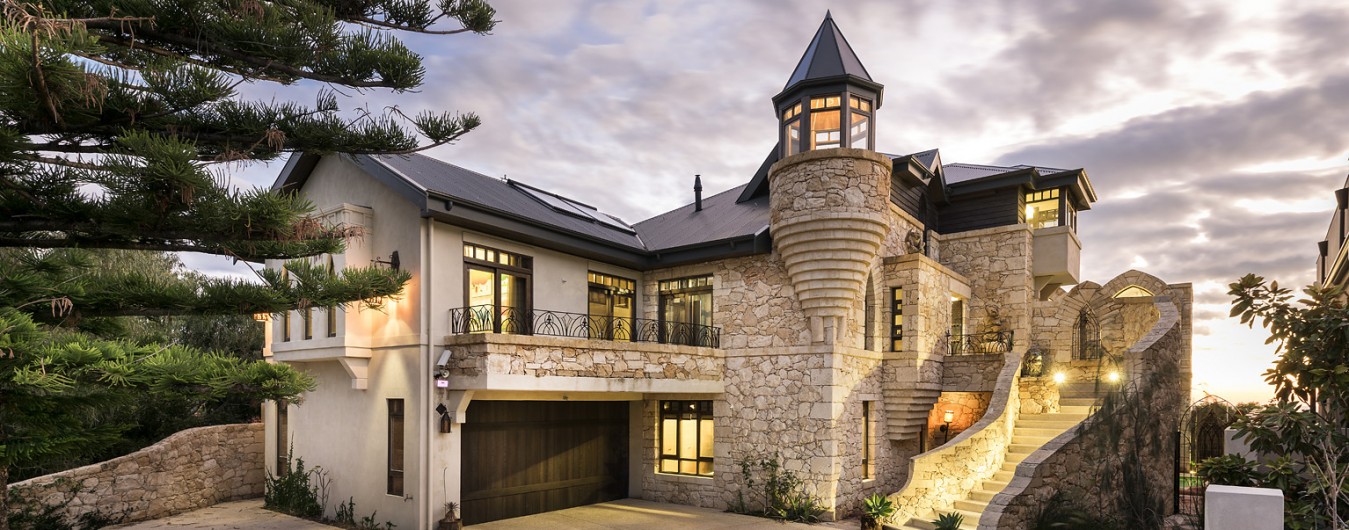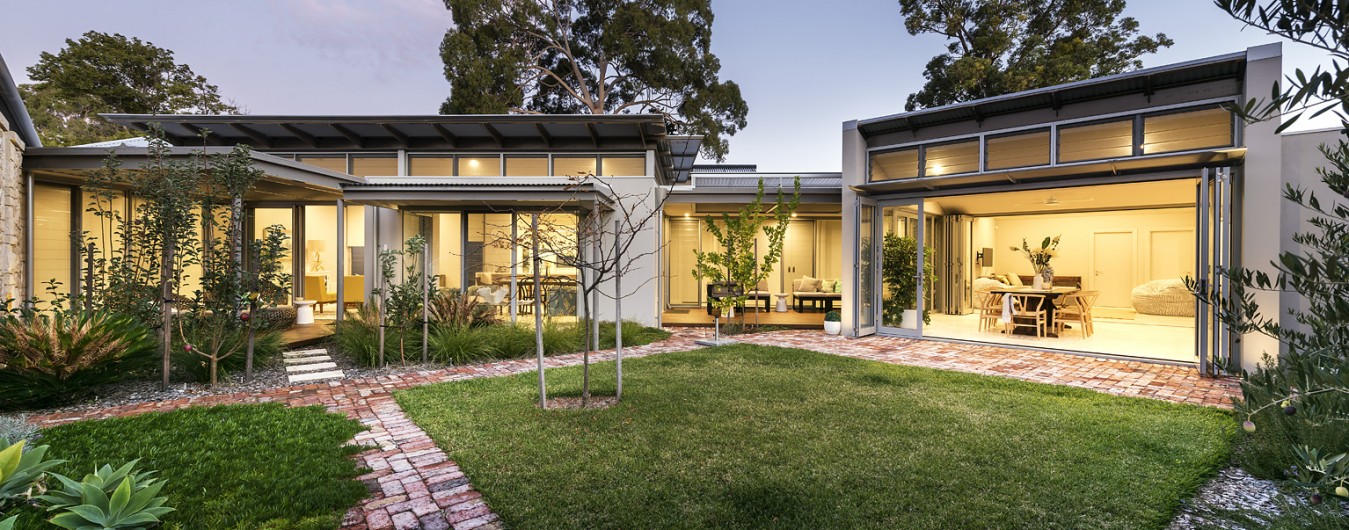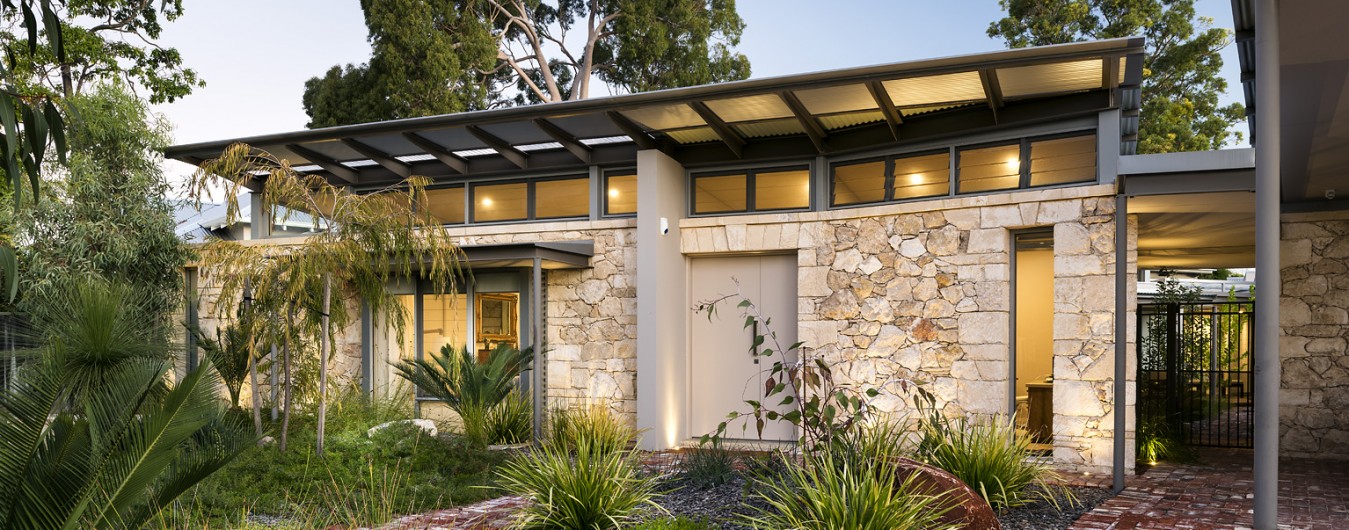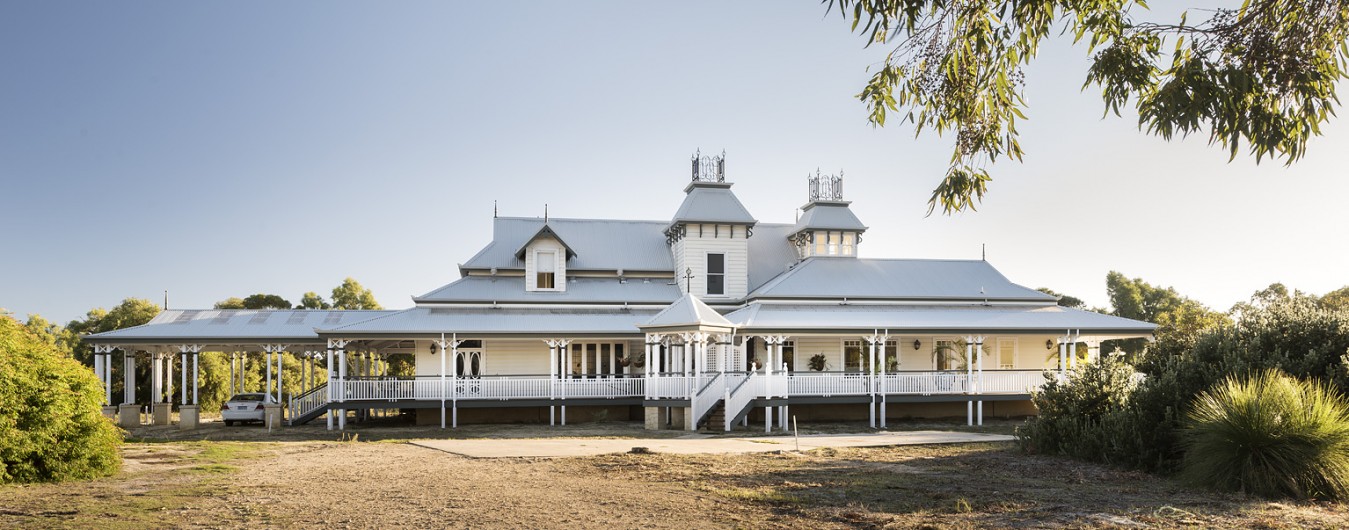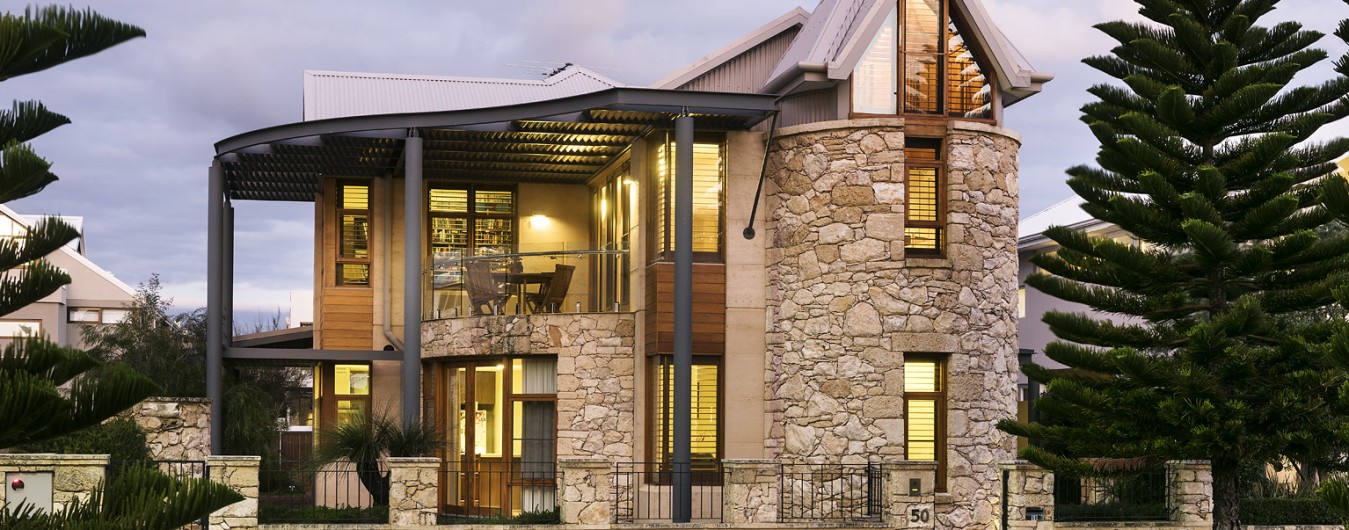How to Choose a Solar Water Heater
Guest post by John Reed, originator of world-wide SolarDay. You can find more details on our site by clicking SolarDay 2012
Here are some expert tips on saving energy for one of the biggest energy hogs in your home or office: the hot water heater. Though there is an up-front cost to installing a solar water heater system in your home or business, it will save you a bundle on your utility bills over the life of the system and they tend to be basically maintenance-free for many years. Also, many utility companies have rebate programs to help pay for solar water heater systems. Since rebates vary by city and state, check with your local utility about their current, solar water heater systems rebates.
Selecting a New Solar Water Heater
You have many options when it comes to installing a solar water heater system.

Here are some of the most common solar water heater that use storage tanks and solar collectors:
Solar water heater systems include storage tanks and solar collectors. There are two types of solar water heating systems: active, which have circulating pumps and controls, and passive, which don’t.
Most solar water heater systems require a well-insulated storage tank. Solar storage tanks have an additional outlet and inlet connected to and from the collector. In two-tank systems, the solar water heater preheats water before it enters the conventional water heater. In one-tank systems, the back-up heater is combined with the solar storage in one tank.
Three types of solar collectors are used for residential and commercial applications:
Integral collector-storage systems – also known as ICS or batch systems, they feature one or more black tanks or tubes in an insulated, glazed box. Cold water first passes through the solar collector, which preheats the water. The water then continues on to the conventional backup water heater, providing a reliable source of hot water. They should be installed only in mild-freeze climates because the outdoor pipes could freeze in severe, cold weather.
Evacuated-tube solar collectors feature parallel rows of transparent glass tubes. Each tube contains a glass outer tube and metal absorber tube attached to a fin. The fin’s coating absorbs solar energy but inhibits radiative heat loss. These collectors are used more frequently for U.S. commercial applications.
Glazed flat-plate collectorsare insulated, weatherproofed boxes that contain a dark absorber plate under one or more glass or plastic (polymer) covers. Unglazed flat-plate collectors—typically used for solar pool heating —have a dark absorber plate, made of metal or polymer, without a cover or enclosure.

Dark Absorber Plate
There are three types of active solar water heating systems.
Direct circulation systems pump and circulate household water through the collectors and into the home. They work well in climates where it rarely freezes.
Indirect Circulation Systems pumps circulate a non-freezing, heat-transfer fluid through the collectors and a heat exchanger. This heats the water that then flows into the home. They are popular in climates prone to freezing temperatures.
Passive solar water heater systems are typically less expensive than active systems, but they’re usually not as efficient. However, passive systems can be more reliable and may last longer. There are two basic types of passive systems:
Integral collector-storage passive systems work best in areas where temperatures rarely fall below freezing. They also work well in households with significant daytime and evening hot-water needs.
Thermosyphon systems: water flows through the system when warm water rises as cooler water sinks. The collector must be installed below the storage tank so that warm water will rise into the tank. These systems are reliable, but contractors must pay careful attention to the roof design because of the heavy storage tank. They are usually more expensive than integral collector-storage passive systems.
Cloudy Days and Solar Hot Water Systems
Solar water heating systems often require a backup system for cloudy days and times of increased demand. Conventional storage water heaters usually provide backup and may already be part of the solar system package. A backup system may also be part of the solar collector, such as rooftop tanks with thermosyphon systems. Since an integral-collector storage system already stores hot water in addition to collecting solar heat, it may be packaged with a demand (tankless or instantaneous) water heater for backup.
Installing and Maintaining a Solar Water Heater
Before you purchase and install a solar water heater system, you want to do the following:
- consider the economics of a solar water heater system,
- check out your domestic rooftop’s solar resources (lots of direct sunlight), determine the correct system size,
- compare system costs and investigate local building codes, covenants and regulations.
- When it comes to cost, check out possible incentives from your local utility company which can substantially reduce the cost of the system.
Installing and Maintaining the System
Regular maintenance on simple systems can be as infrequent as every 3–5 years
The proper installation of a solar water heater system depends on many factors. These include the solar resource, climate, local building code requirements, and safety issues. Therefore, it’s best to have a qualified, solar thermal systems contractor install your system.
After installation, properly maintaining your solar water heater system will keep it running smoothly, though these systems, especially passive systems, tend to require very little maintenance. For active systems, discuss the maintenance requirements with your system provider and consult the system’s owner’s manual.
Plumbing and other conventional water heating components require the same maintenance as conventional systems. The glass glazing may need to be cleaned in dry climates where rainfall doesn’t provide the water to remove grime and dust.
Regular maintenance on simple solar water heater systems can be as infrequent as every 3–5 years, preferably by a solar contractor. Systems with electrical components usually require a replacement part or two after 10 years.
More solar and energy conservation news can be found at: www.solarday.com.
John Reed
(415) 846-4862 San Francisco, California



